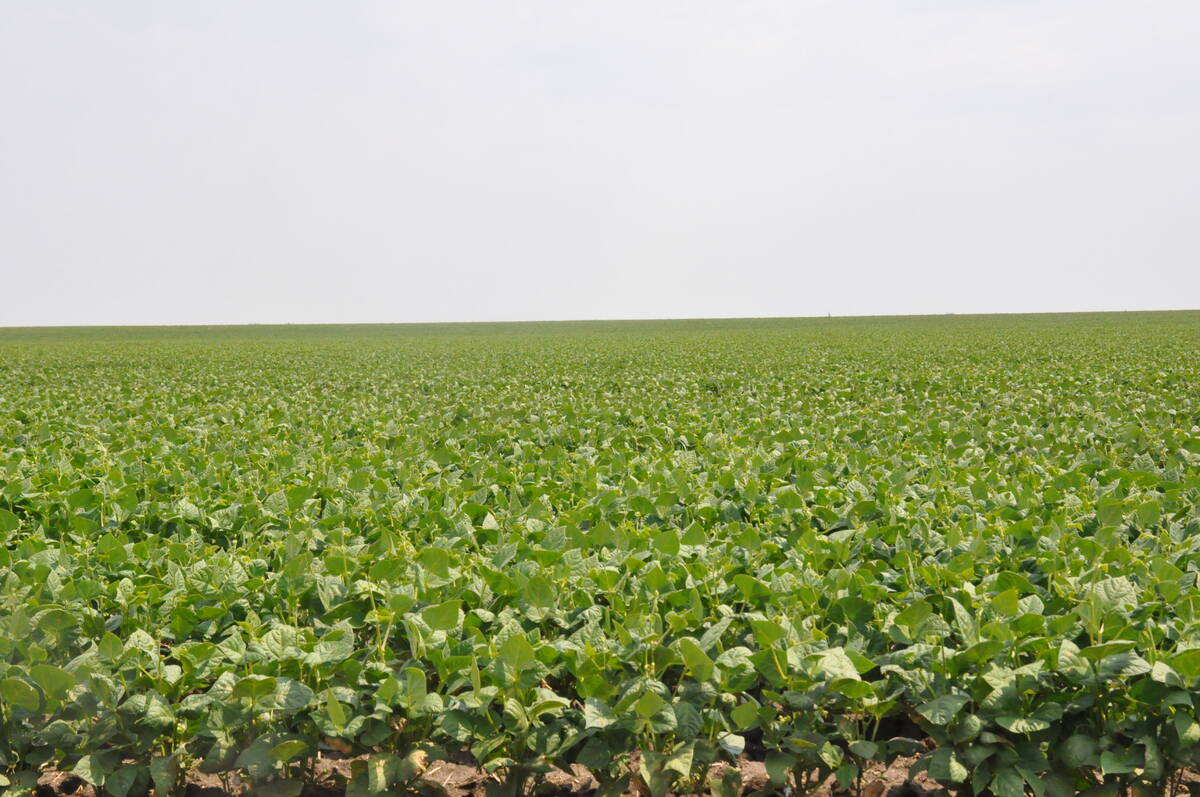New techniques for screening protein in feed peas can save money, help select varieties and guide breeding programs.
Vern Racz, director of the Prairie Feed Resource Centre at the University of Saskatchewan, said the near infrared spectroscopy can be used to evaluate such factors as moisture, crude protein, ash and starch.
“This project allows us to look at all of the peas and see which ones are higher in protein or starch,” said Racz, who gave an update on his research during the annual Saskatchewan Pulse Growers tour of plots around Saskatoon in July.
Read Also

Coloured bean production down, whites are up
Bean prices have been slumping and the outlook is for more of the same.
This technique is preferred to wet chemistry, which would be tedious and cost $200,000 more on the 80 samples tested than with the near infrared, said Racz.
“It’s a very fast tool and gives us more information on which to select superior pea varieties.”
It is intended for use by pea breeders, and is already in use at many elevator terminals in grading and buying feed peas.
Given its accuracy in predicting protein content, the technique could be used for those selling into export markets to predict protein content more efficiently, said Racz.
The project originated four years ago with an analysis of 400 pea samples for their nutrient and chemical composition using the near infrared technology.
Racz, who continues to work on fine-tuning the accuracy of the results, is growing nine of the more popular pea varieties at the Goodale research farm.
He is also working with the Prairie Swine Centre to gauge net energies of feed peas fed to pigs and predict the net energy content of the feed peas.
“That’s to give us a better handle of how the nutrients behave, the protein, starch and digestibility,” he said.
Racz cited the potential of feed peas for swine, numbering about 12 million head in Western Canada alone. There is also potential for peas to be grown with high starch or protein content in food processing or in ethanol production.














